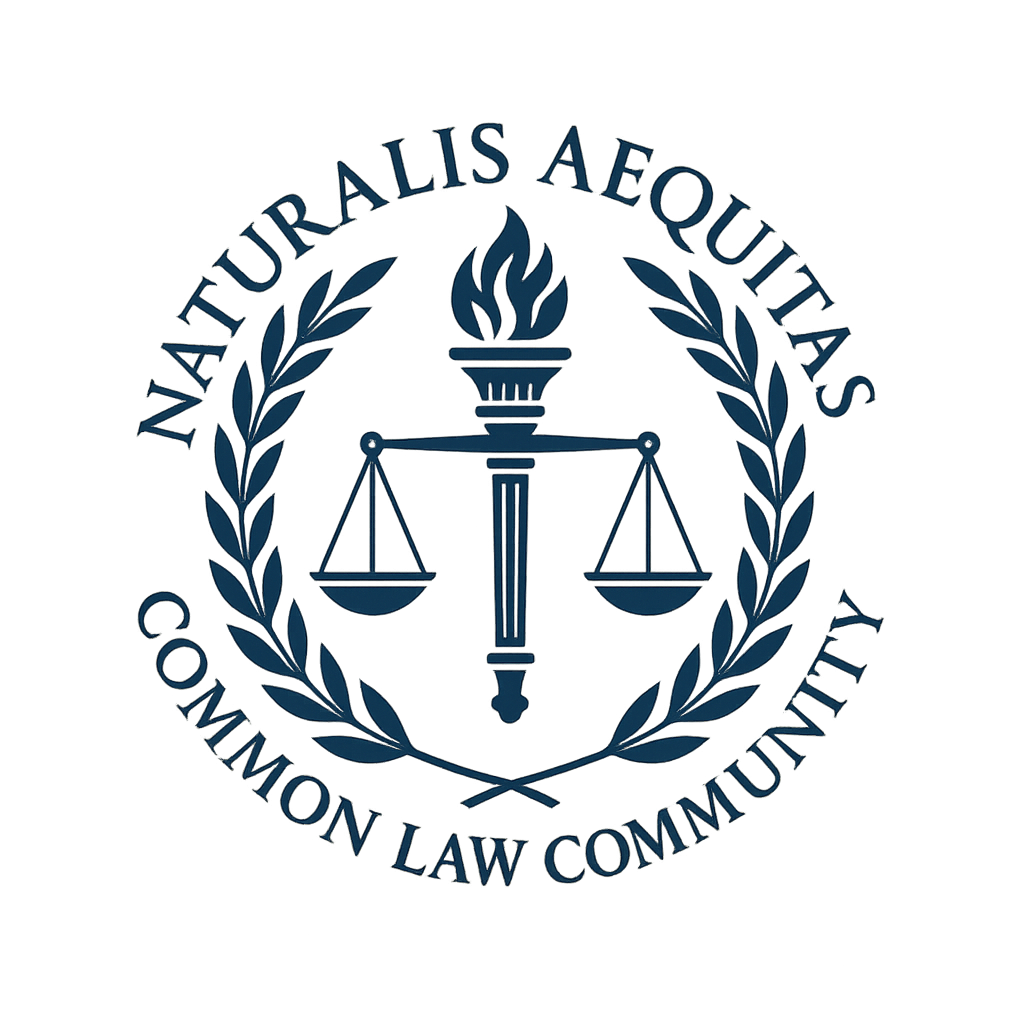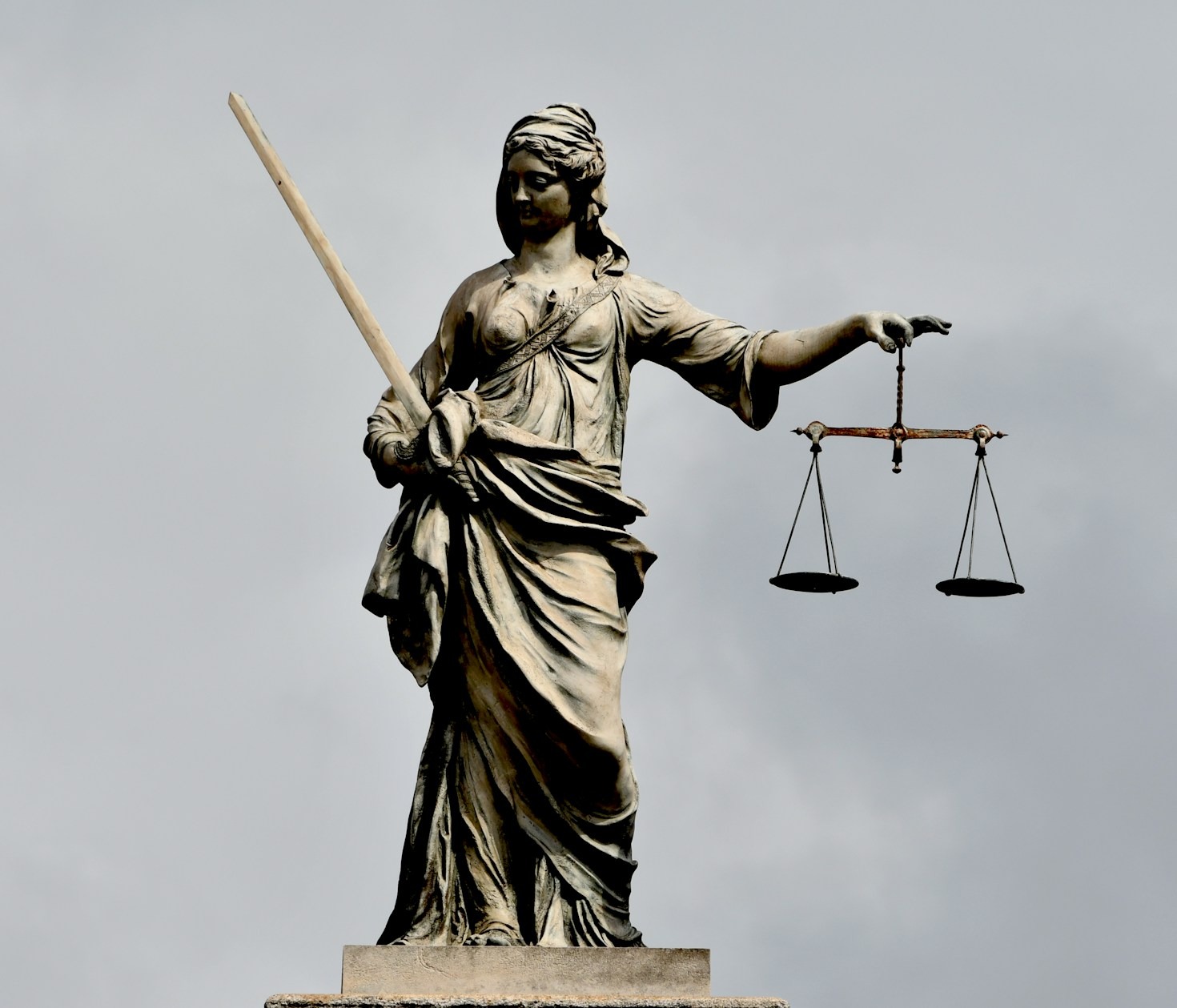The traditional law of trespass protects a person against direct, unlawful interferences with their rights (to person, property, or liberty).
Nonfeasance as Trespass: More complex. Traditional trespass requires positive acts, not omissions. However, where a duty of care or statutory obligation exists, a deliberate omission can constructively trespass upon rights, particularly in equity. For example, if a corporate officer refuses to act where duty compels action, shareholders or creditors may argue this dereliction trespasses on their equitable interests.
Misfeasance as Trespass: The officer enters the lawful domain of their power but interferes improperly with the rights of citizens. The act itself is lawful, but the poor execution trespasses upon personal or property rights.
Malfeasance as Trespass: This is akin to a direct trespass, since the officer acts outside lawful authority, creating an unlawful intrusion on rights. For example, police using powers not conferred by law may amount to trespass to the person or property.
Simple Definitions
Nonfeasance: When an officer fails to perform a duty they are legally obliged to carry out. Example: a government regulator failing to investigate a serious safety complaint.
Misfeasance: When an officer acts lawfully but performs the act improperly or negligently. Example: a council officer issuing a permit but doing so carelessly, overlooking safety checks.
Malfeasance: When an officer commits an unlawful or wrongful act while in office. Example: a corporate director intentionally misappropriating funds.
Government and corporate officers occupy positions of trust. Their actions—or failures to act—directly affect the rights of individuals, shareholders, and the public. The common law recognises three broad categories of wrongful conduct in office: misfeasance, malfeasance, and nonfeasance. Each, when viewed through the legal and equitable lens of trespass, represents an unlawful intrusion upon rights, whether by improper execution of authority, deliberate wrongdoing, or neglect of duty.
Misfeasance: Improper Performance as Trespass
Misfeasance occurs when an officer exercises lawful authority but does so in a negligent or improper manner. The act itself is permitted, yet its execution trespasses upon the rights of others.
For example, if a council officer issues a building permit but fails to apply mandatory safety conditions, and harm results, the officer’s misfeasance may be actionable. In Northern Territory v Mengel (1995) 185 CLR 307, the High Court recognised that bad-faith or reckless misuse of power by government officers may ground liability in the tort of misfeasance in public office.
In trespass terms, misfeasance is akin to entering lawful territory but crossing boundaries carelessly, thereby unlawfully interfering with the interests of another.
Malfeasance: Unlawful Acts as Trespass
Malfeasance describes acts that are outright unlawful, done intentionally and without lawful justification. This is the clearest case of trespass because it involves a deliberate crossing into rights and interests that the officer had no authority to enter.


Examples include:
- A corporate director intentionally misappropriating company funds.
- A government officer using their position to seize property without lawful basis.
Here, trespass is not metaphorical—it may be literal (to land or person) or constructive (to rights and entitlements). Malfeasance often overlaps with corruption, fraud, and abuse of power, and equity provides remedies such as injunctions, constructive trusts, or restitution of benefits wrongfully obtained.
Nonfeasance: Failures as Trespass
Nonfeasance is the omission or failure to perform a duty that the officer is obliged to carry out. At common law, trespass traditionally requires a positive act, not a mere omission. However, where a statutory or fiduciary duty exists, a failure to act may amount to a constructive trespass upon the rights of others.
For example:
- A government safety inspector who fails to investigate known hazards.
- A company director who ignores statutory reporting obligations, exposing shareholders to loss.
Equity often treats such neglect as a breach of fiduciary duty or breach of trust. Though less direct than misfeasance or malfeasance, nonfeasance represents a silent trespass—a wrongful failure that permits harm to unfold unchecked.
Trespass as the Unifying Principle
The law of trespass protects individuals from direct and unlawful interferences with rights. By analogy:
- Misfeasance = negligent trespass: lawful entry performed improperly.
- Malfeasance = wilful trespass: unlawful intrusion with intent.
- Nonfeasance = silent trespass: failure to act, leaving rights exposed.
In each case, the officer breaches the trust vested in their office, encroaching upon the rights of citizens, shareholders, or the public. Equity and common law together provide remedies—damages, injunctions, restitution, or declarations—to restore balance and hold officers accountable.
Conclusion
The doctrines of misfeasance, malfeasance, and nonfeasance highlight the responsibility of those in authority to act lawfully, competently, and diligently. Framed as forms of trespass, they remind us that misuse or neglect of office constitutes an unlawful intrusion upon the rights of others. In this way, both common law and equity safeguard against the abuse of government and corporate power, ensuring that office-holders remain accountable to those they serve.


Leave a Reply